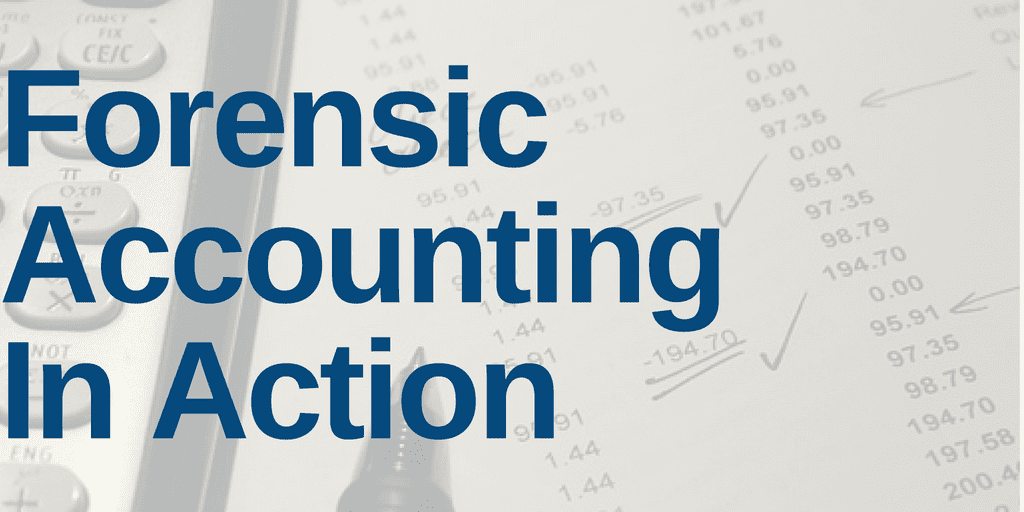For March 1, our forensic accounting needle in a haystack comes from a drilling company with hidden non-operating income.
Analyst Peter Apockotos found an unusual item in Rowan Company’s (RDC) 2018 10-K.
On page 31, RDC discloses that it received a $28 million (3% of revenue) early termination fee from Anadarko Petroleum (APC). RDC received this fee after APC terminated a drilling contract in the second quarter of 2018 that had been scheduled to run for two more months.
This non-recurring income couldn’t save RDC from a $347 million GAAP loss in 2018. However, RDC did report a positive adjusted EBITDA, which is, of course, the metric the company highlights to investors and uses as the primary basis for executive bonuses. The Anadarko termination fee accounted for 60% of RDC’s $46 million adjusted EBITDA in 2018.
As we learned from Lending Club’s (LC) 10-K, as well as many other firms, adjusted EBITDA excludes real recurring costs. It’s only fair to assume that companies using this metric would also exclude non-recurring income. The fact that they don’t is more reason for investors not to trust adjusted EBITDA. Investors need to see the conflict between honest reporting and executive pay. Keeping non-recurring income in the numbers boosts reported profitability and helps executives hit their bonus targets.
The Power of the Robo-Analyst
We analyzed 175 10-K filings yesterday (a new single day record for us), from which our Robo-Analyst[1] technology collected 19,543 data points. Our analyst team used this data to make 4,041 forensic accounting adjustments with a dollar value of $1.4 trillion. The adjustments were applied as follows:
- 1,551 income statement adjustments with a total value of $90 billion
- 1,765 balance sheet adjustments with a total value of $611 billion
- 725 valuation adjustments with a total value of $735 billion
We believe this research is necessary to fulfill the Fiduciary Duty of Care. Ernst & Young’s white paper, “Getting ROIC Right”, demonstrates how these adjustments contribute to meaningfully superior models and metrics.
This article originally published on March 1, 2019.
Disclosure: David Trainer, Peter Apockotos, and Sam McBride receive no compensation to write about any specific stock, sector, style, or theme.
Follow us on Twitter (#filingseasonfinds), Facebook, LinkedIn, and StockTwits for real-time alerts on all our research.
[1] Harvard Business School features the powerful impact of our research automation technology in the case New Constructs: Disrupting Fundamental Analysis with Robo-Analysts.
